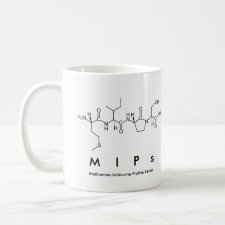
Authors: Shen XT, Zhu LH, Liu GX, Yu HW, Tang HQ
Article Title: Enhanced Photocatalytic Degradation and Selective Removal of Nitrophenols by Using Surface Molecular Imprinted Titania.
Publication date: 2008
Journal: Environmental Science & Technology
Volume: 42
Issue: (5)
Page numbers: 1687-1692.
DOI: 10.1021/es071788p
Abstract: Abstract: Poor selectivity of titania (TiO2) photocatalysis is unfavorable to photocatalytic removal of highly toxic low-level organic pollutants in polluted waters in the presence of other less toxic high-level pollutants. A new strategy of increasing this selectivity is the surface modification of TiO2 via coating a thin layer of molecular imprinted polymer (MIP), which provides molecular recognition ability toward the template molecules. By using 2-nitrophenol and 4-nitrophenol as target pollutants, MIP-coated TiO2 photocatalysts were prepared via surface molecular imprinting and were observed to have high activity and selectivity toward the photodegradation of the targets. In the presence of bisphenol A (50 mg L1) as a nontarget pollutant, the apparent rate constant for the photodegradation of the target 2-nitrophenol and 4-nitrophenol (1.8 mg L1) over the corresponding MIP-coated TiO2 was 10.73 Î 103 and 7.06 Î 103 min1, being 2.46 and 4.61 times of that (4.36 Î 103 and 1.53 Î 103 min1) over neat TiO2, respectively. The enhanced photocatalytic selectivity was increased when the concentration of the target was decreased and/or when the difference in both the chemical structure and molecule size between the target and nontarget molecules was increased. The increased selectivity was mainly attributed to the special interaction between the target molecules and the footprints polymer via the functional groups (-OH and -NO2)



Join the Society for Molecular Imprinting

New items RSS feed
Sign-up for e-mail updates:
Choose between receiving an occasional newsletter or more frequent e-mail alerts.
Click here to go to the sign-up page.
Is your name elemental or peptidic? Enter your name and find out by clicking either of the buttons below!
Other products you may like:
 MIPdatabase
MIPdatabase









